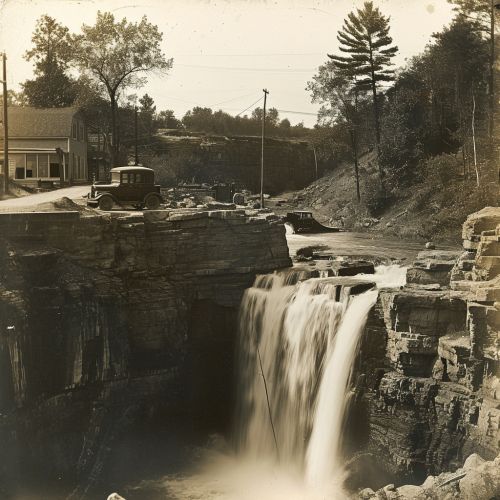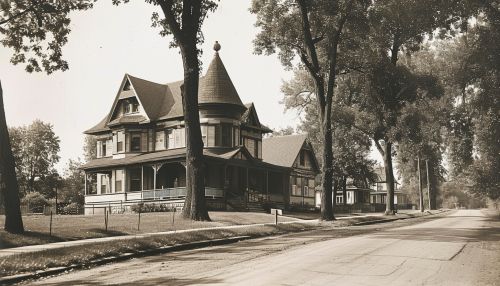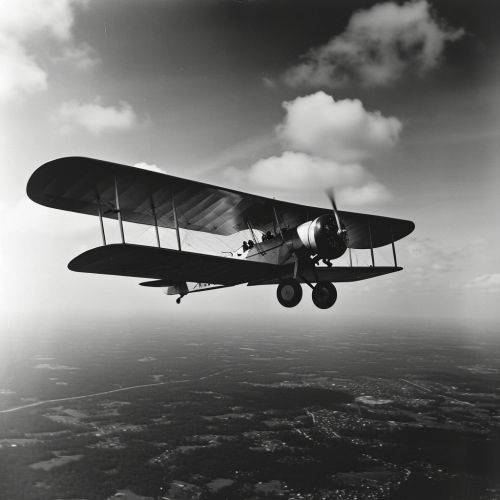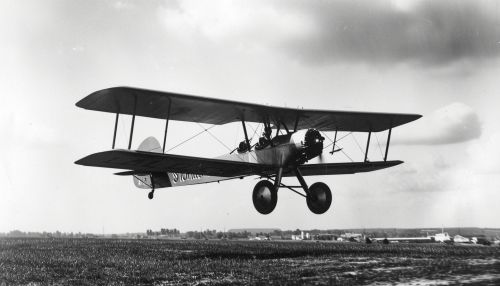Charles Lindbergh
Early Life
Charles Augustus Lindbergh was born on February 4, 1902, in Detroit, Michigan. He was the only child of Charles August Lindbergh, Sr., a U.S. Congressman from Minnesota, and his wife, Evangeline Lodge Land Lindbergh, a chemistry teacher. Lindbergh's father was of Swedish descent and his mother was of English and Scottish ancestry. The family moved to Little Falls, Minnesota, in 1905, where young Charles spent most of his childhood.


Education and Early Career
Lindbergh attended the University of Wisconsin-Madison for two years, studying engineering. However, he was more interested in the burgeoning field of aviation, and left college to attend flight school in Nebraska. In 1924, he enrolled in the U.S. Army Air Service's flight-training program, where he graduated first in his class. After his military service, Lindbergh spent a few years as a barnstormer and mail pilot.
Transatlantic Flight
In 1927, Lindbergh made his historic non-stop solo flight across the Atlantic Ocean in the Spirit of St. Louis, a custom-built, single-engine monoplane. He took off from Roosevelt Field in New York on May 20 and landed at Le Bourget Field near Paris, France, on May 21, after a flight of 33.5 hours. This feat won him the $25,000 Orteig Prize and made him an international hero.


Later Career and Contributions to Aviation
Following his transatlantic flight, Lindbergh used his fame to promote aviation. He served on various aviation boards and committees, including the National Advisory Committee for Aeronautics (NACA), the predecessor to the National Aeronautics and Space Administration. He also worked as a consultant for airlines and aircraft manufacturers, contributing to the development of commercial aviation.
Personal Life and Controversies
Lindbergh married Anne Morrow, the daughter of a U.S. ambassador, in 1929. They had six children together. Their first child, Charles Jr., was tragically kidnapped and murdered in 1932, a case that became known as the "Lindbergh Kidnapping." Lindbergh and his family moved to Europe in the aftermath of the tragedy, seeking privacy.
In the late 1930s, Lindbergh became controversial for his non-interventionist stance regarding World War II and his apparent sympathy for the Nazi regime in Germany. He returned to the U.S. in 1939 and eventually served as a technical advisor and test pilot in the U.S. military during the war.
Death and Legacy
Lindbergh died of lymphoma on August 26, 1974, in Maui, Hawaii. He is remembered as one of the pioneers of aviation and for his contributions to commercial flight. Despite the controversies surrounding his political views, his historic transatlantic flight remains a significant milestone in aviation history.
